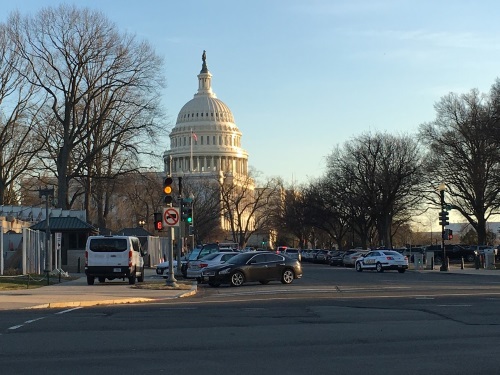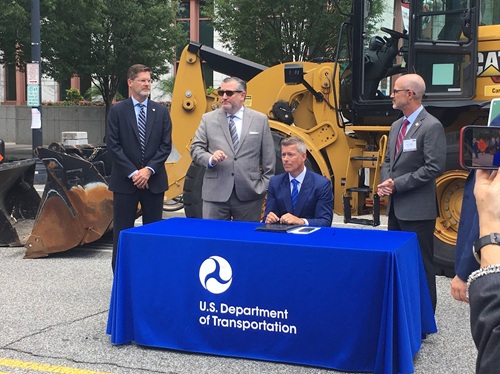In a January 22 letter to all five members of the Federal Communication Commission, leaders and members of the House Committee on Transportation and Infrastructure strongly criticized that agency’s effort to open up the 5.9 gigahertz wireless communication spectrum to non-transportation use; especially as “there remain serious outstanding questions about the potential implications of this approach that could significantly undermine safety benefits to the driving public.”

The five-page letter – signed by House T&I Chairman Rep. Peter DeFazio, D-Ore., Ranking Member Rep. Sam Graves, R-Mo., and 36 committee members – strongly panned the FCC’s unanimously approved notice of proposed rulemaking that seeks to reallocate half of the 5.9 GHZ band due to the “slow deployment” of dedicated short-range communications or DSRC technology, the emergence of new transportation and other communication systems, and escalating demand for unlicensed operations like Wi-Fi.
“To understand the significance of this technology, safety advocates have compared this technology to the next seat belt or airbag in terms of saving lives and opening the door to safer self-driving cars that can effectively look around corners and through buildings,” the House T&I leaders and members said in their letter.
[Jim Tymon, executive director of the American Association of State Highway and Transportation Officials, added in a recent video interview with Transportation TV that there are key safety benefits to be gained by preserving the exclusivity of the 5.9 GHz band for the transportation industry.]
They added that recent actions by the FCC are exacerbating the problem and have “upended any progress being made” as well.
“On December 19, the FCC announced a temporary freeze on acceptance and processing of 5.9 GHz license applications,” the House T&I members wrote.

“Additionally, the committee understands that the FCC has been sitting on approximately 500 applications for DSRC Roadside Unit licenses,” they said. “The committee remains deeply concerned with how the FCC’s actions have continued to create uncertainty for the private sector that this band will not be available in the future.”
The leaders of all 50 state departments of transportation, the District of Columbia, and Puerto Rico made a similar point in a letter sent to the FCC last August, stressing that “connected vehicles (CV) utilizing Vehicle-to-Everything (V2X) communication in the 5.9 GHz spectrum will save lives by creating a seamless, cooperative environment that significantly improves the safety of our transportation system.”

Elaine Chao, U.S. Department of Transportation secretary, also emphasized that issue during her keynote speech at the annual Transportation Research Boarding meeting in Washington D.C.
“The potential appeal of AVs [autonomous vehicles] is their ability to save thousands of lives every year. AVs could also restore mobility for millions of people who face transportation challenges, such as the elderly and people with disabilities,” she explained on January 15.
That’s why “we believe it is very important to retain this bandwidth for this purpose and the department is actively advocating the FCC to do so,” Chao said.
 Top Stories
Top Stories


